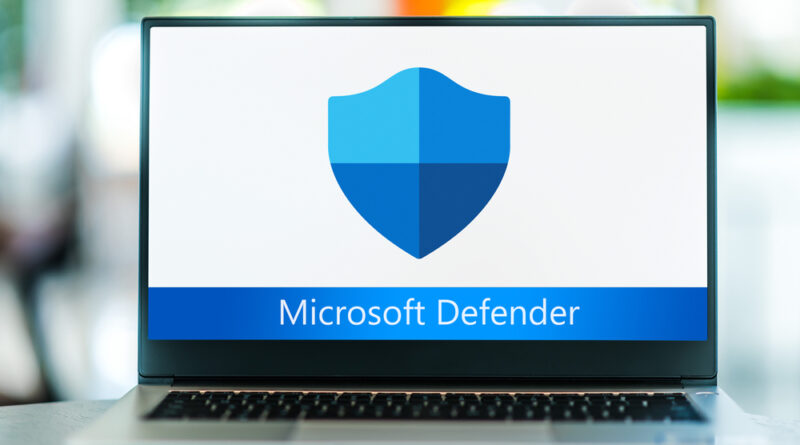Hackers Bypass Windows Defender Security—What You Need to Know
Elite red team hackers have demonstrated a method to bypass Windows Defender Application Control (WDAC), exposing potential vulnerabilities in what is considered one of Microsoft’s key security defenses.
The Breach Explained
Windows Defender Application Control is designed to protect devices against malware by ensuring that only approved and trusted software can run on a system. Microsoft describes WDAC as a crucial barrier that “prevents malicious code from running by ensuring that only approved code, that you know, can be run.” However, the recent bypass discovery has raised alarms among cybersecurity professionals and everyday users alike.
Bobby Cooke, a red team operator with IBM X-Force Red, revealed that during a security assessment, his team identified a method to bypass WDAC. “When encountering WDAC during Red Team Operations, we successfully bypassed it and executed our Stage 2 Command and Control payload,” Cooke stated, highlighting the potential for significant security breaches if such methods are exploited maliciously.
How the Bypass Works
The red team’s methodology is highly technical, but the key steps involve:
-
Living Off The Land Binaries (LOLBINs): Using pre-installed Windows system binaries, such as MSBuild.exe, to conceal malicious activity.
-
Side-Loading: Injecting an untrusted dynamic linked library into a trusted application.
-
Exploitation of WDAC Policy: Leveraging a custom exclusion rule from a client’s WDAC policy.
-
New Execution Chain: Identifying an alternative execution chain within a trusted application to deploy a Command and Control (C2) payload.
These techniques underline the importance of robust security practices. For example, maintaining up-to-date block list rules for LOLBINs and enforcing DLL signing within WDAC settings are crucial mitigation strategies.
Microsoft’s Response
In response to this discovery, a Microsoft spokesperson acknowledged the report, stating, “We are aware of this report and will take action as needed to help keep customers protected.” The statement comes amid an era of increasing cyber threats, where even robust defenses are being tested by sophisticated adversaries.
A Broader Trend
This incident is the latest in a series of security challenges for Windows users. Previously, a zero-day vulnerability left Windows passwords vulnerable, and a separate incident saw ransomware criminals putting a $500,000 threat up for rent. These incidents, along with the WDAC bypass, highlight a broader trend of evolving and increasingly sophisticated cyberattacks targeting both individual users and enterprise environments.
What Users Should Do
While the technical details of the WDAC bypass may seem remote to the average user, the implications are significant. Users are encouraged to:
-
Ensure Their Systems Are Updated: Regular updates often include patches for newly discovered vulnerabilities.
-
Adopt Additional Security Measures: Utilize multi-layered security strategies beyond relying solely on WDAC.
-
Stay Informed: Follow updates from Microsoft and cybersecurity experts to understand any further actions or recommendations.
Looking Ahead
The bypass of Windows Defender Application Control is a stark reminder of the ever-evolving cybersecurity landscape. As hackers continue to innovate, both companies and users must remain vigilant. Microsoft’s commitment to addressing these vulnerabilities will be critical in ensuring that its customer base remains protected in an increasingly hostile digital world.
For continued coverage on this developing story and other cybersecurity news, stay tuned to our updates.
Photo Credit: DepositPhotos.com

